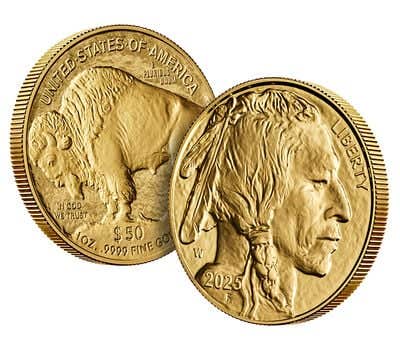Coin Clinic: Artist makes ‘dollars’
By Richard Giedroyc Daniel Carr designed several of the state quarters. I’ve heard he was responsible for the supposedly non-existent 1964 Peace dollar. Can you tell me about that dollar?…
By Richard Giedroyc
Daniel Carr designed several of the state quarters. I’ve heard he was responsible for the supposedly non-existent 1964 Peace dollar. Can you tell me about that dollar? Is it real?
Daniel Carr designed the reverse for the 2001 New York and Rhode Island quarters. In 2008 he founded the Moonlight Mint, producing among other things the 1964 Peace dollar replica using genuine 1922 to 1935 Peace dollars as host coin blanks. Among products appearing at his website at the time this answer is being written are 1965-D Peace dollar fantasies. These fantasies are accompanied by the statement: “Do not attempt to use as legal tender. Not endorsed or approved by the U.S. Mint, U.S. Treasury, or U.S. Government.”
Is it legal for the Moonlight Mint to use legal tender silver dollars as the blanks on which fantasy issue coins are struck?
On July 22, 1980. U.S. Mint Counsel Kenneth B. Gubin wrote to Vance Fowler on Department of the Treasury, Office of the Director of the Mint stationery. The letter has been since published in Fowler’s book Encyclopedia of the Modern Elongated. Within this letter Gubin states, “…[Title 18, USC sections 331] being a criminal statute, a fraudulent intent is required for violation. Thus, the mere act of compressing coins into souvenirs is not illegal, without other factors being present.”
How would I know if a coin is being used to make a souvenir rather than with the intent to defraud someone?
I’m not an attorney, but it appears as long as the resulting elongated or counterstamped item is advertised as a souvenir rather than as something of great value or legal tender it appears it is OK.
Can you explain what I should be looking for on a 1917 doubled die Lincoln cent?
Diagnostics for this variety are doubling of the word “Trust” as well as the date, the date doubling being particularly pronounced on the “7.” Since this variety was discovered 60 years after production, it can be extremely expensive in higher grades.
Were there two different proof finishes in 1936?
Brilliant rather than matte finish proof coins were introduced early in 1936. The satin finish, however, proved to be unpopular. A more brilliant and eye appealing finish replaced this satin finish on proofs struck later in the year.
Is it true there are 1942 Lincoln cents struck from two different compositions?
There are both bronze and brass composition 1942 Lincoln cents, depending on the amount of tin used to make the coinage blanks. The bronze mix had been in use since 1864. Since some bronze blanks were in stock from 1941 these blanks were used alongside the brass blanks that have only a trace of tin in them.









